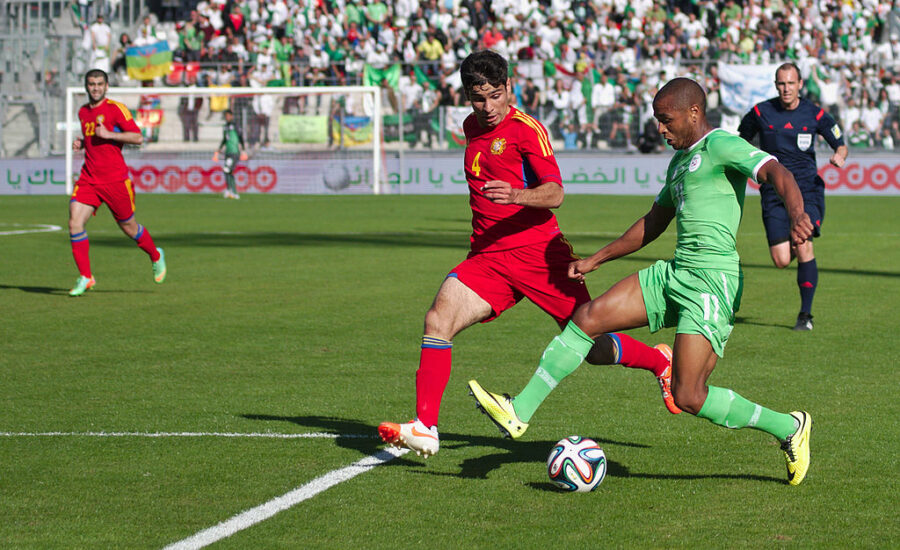Soccer is a sport known for its diverse playing styles, each characterized by unique tactics and strategies employed by teams to gain an advantage on the field. In this blog post, we delve into the world of playing styles in soccer, exploring the various approaches teams take to achieve success.
One popular playing style is possession-based soccer, which focuses on maintaining control of the ball and dictating the pace of the game. Teams employing this style prioritize short, precise passes, and patient build-up play to create scoring opportunities. The philosophy behind possession-based soccer is to starve the opposition of the ball and tire them out through constant movement and accurate passing.
On the other hand, there is the counter-attacking style, which involves quickly transitioning from defense to offense. Teams utilizing this approach prioritize a solid defensive structure and look to exploit open spaces left by the opposing team when they commit players forward. Counter-attacking teams rely on fast, direct passes and explosive speed to catch the opposition off guard and launch devastating attacks.
Another prominent playing style is the high-pressing game, characterized by intense pressure on the opposition from the moment they gain possession. Teams employing this strategy aim to win the ball back in the opponent’s half and disrupt their build-up play. High-pressing teams rely on a coordinated and aggressive approach, often sacrificing possession to regain it quickly and create scoring opportunities through forced errors.
Additionally, there are defensive-minded playing styles that focus on solidifying the backline and minimizing the opponent’s chances. Teams adopting this approach prioritize organization, discipline, and effective defensive positioning. They aim to frustrate the opposition by denying space and limiting their attacking options, relying on counter-attacks or set-piece opportunities to score.
The playing style adopted by a team often reflects the manager’s philosophy, the strengths of the players, and the overall team dynamics. It is a strategic decision that considers the team’s strengths, weaknesses, and the opponents they face. Successful teams often have the ability to adapt their playing style based on the circumstances of a match, seamlessly transitioning between different approaches as needed.
In conclusion, playing styles in soccer encompass a wide range of tactics and strategies that teams employ to achieve success on the field. From possession-based soccer to counter-attacking, high-pressing to defensive-minded approaches, each style offers its own advantages and challenges. Understanding and implementing the right playing style for a team requires a combination of skill, strategy, and effective execution.


